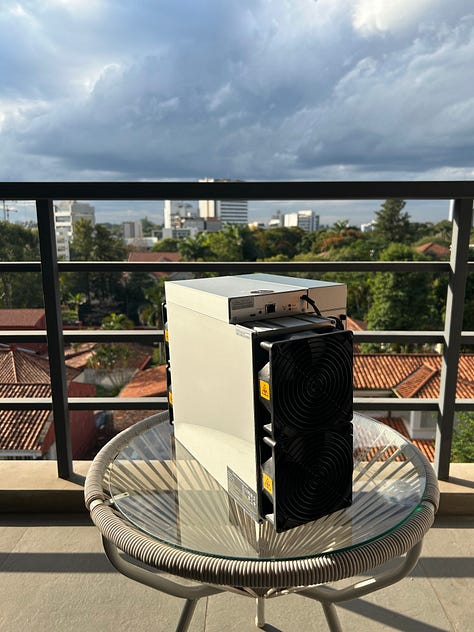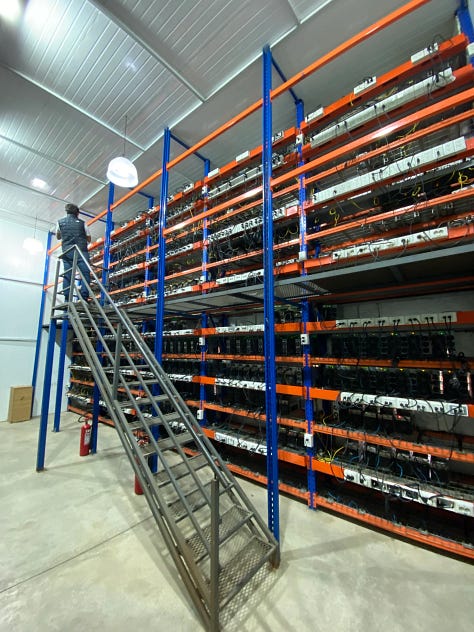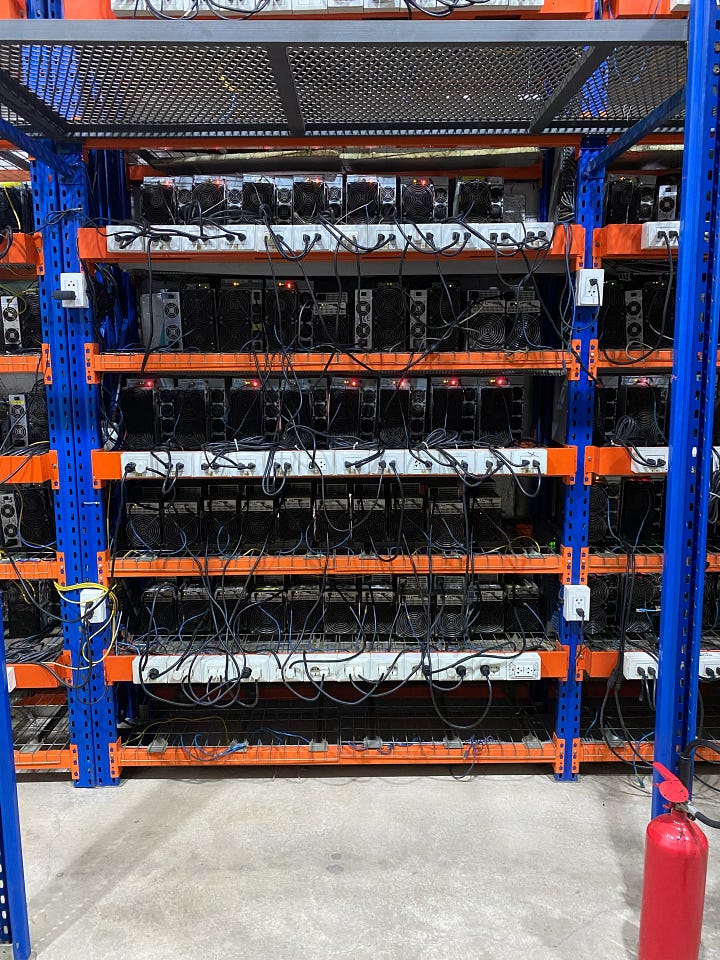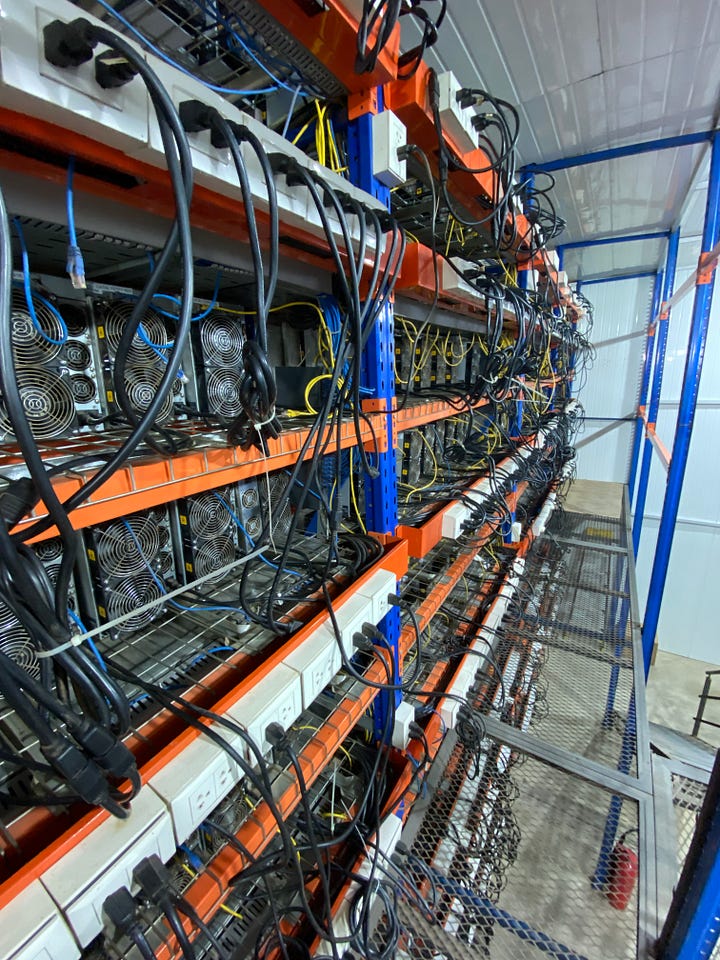Crunching the Numbers
A Guide to Calculating Bitcoin Mining Profitability





A Comprehensive Guide to Calculating Bitcoin Miner Profitability
In the realm of cryptocurrencies, Bitcoin stands as a pioneer and continues to capture the attention of investors, tech enthusiasts, and miners alike. Bitcoin mining, the process by which new bitcoins are created and transactions are added to the blockchain, has become a competitive industry. Understanding how to calculate miner profitability is essential for anyone looking to venture into this exciting world. In this article, we'll explore the intricacies of Bitcoin miner profitability calculations.
1. Basics of Bitcoin Mining
Bitcoin miners play a pivotal role in the cryptocurrency ecosystem by validating transactions and adding them to the blockchain. In return for their efforts, miners are rewarded with newly minted bitcoins, as well as transaction fees. The process involves solving complex mathematical puzzles using powerful computing hardware.
2. Factors Affecting Profitability
Several key factors impact the profitability of Bitcoin mining:
Hash Rate: The hash rate represents the computational power a miner contributes to the network. Miners with higher hash rates have a greater chance of solving the mathematical puzzles and earning rewards.
Difficulty Level: Bitcoin's network adjusts the difficulty of mining puzzles approximately every two weeks to maintain a consistent block time (around 10 minutes). As more miners join the network or upgrade their hardware, the difficulty increases. A higher difficulty means more computational power is required to mine a block successfully.
Electricity Costs: Mining requires a significant amount of electricity to power the mining hardware. Electricity costs can vary greatly depending on your location and the energy rates in your area.
Hardware Efficiency: The efficiency of your mining hardware is crucial. More efficient hardware consumes less electricity while providing higher hash rates. The initial investment in hardware plays a significant role in calculating profitability.
Bitcoin Price: The value of Bitcoin in the market directly impacts your profitability. A higher Bitcoin price can compensate for higher electricity costs or lower block rewards.
Transaction Fees: In addition to block rewards, miners also earn transaction fees from the transactions they include in a block. These fees can vary and can significantly contribute to profitability, especially during times of network congestion.
3. Calculating Profitability
To calculate Bitcoin miner profitability, follow these steps:
Step 1: Calculate Daily Rewards Daily rewards = Block rewards per day + Total transaction fees per day
Step 2: Calculate Daily Costs Daily costs = Electricity cost per day
Step 3: Calculate Daily Profit Daily profit = Daily rewards - Daily costs
Step 4: Calculate Monthly and Annual Profit Monthly profit = Daily profit * 30 (approximately) Annual profit = Monthly profit * 12
It's essential to consider factors like hardware depreciation, maintenance costs, and potential changes in difficulty and Bitcoin price. Various online calculators can help streamline this process by providing more accurate estimates based on real-time data.
4. Strategies for Maximizing Profitability
Select Efficient Hardware: Investing in energy-efficient and high-performance mining hardware can greatly enhance profitability over time.
Location Matters: Choose a location with lower electricity costs to minimize one of the most significant ongoing expenses.
Stay Updated: Keep an eye on Bitcoin's price trends, network difficulty adjustments, and industry news to adapt your strategy accordingly.
Consider Pool Mining: Joining a mining pool allows miners to combine their computational power and share rewards based on their contributions. While rewards are distributed more frequently, they are typically smaller.
5. Risks and Rewards
Bitcoin mining presents both opportunities and risks. While it can be profitable, it requires careful consideration of costs, market trends, and technological advancements. It's crucial to conduct thorough research and stay informed about the evolving landscape of cryptocurrency mining.
In conclusion, calculating Bitcoin miner profitability involves a blend of technical knowledge, market awareness, and financial acumen. As the cryptocurrency space continues to evolve, aspiring miners should approach their endeavors with caution, a willingness to learn, and a readiness to adapt to changing circumstances.

